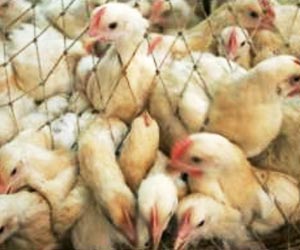The World Organization for Animal Health (OIE) said that the risk of the H5N1 strain reaching Australia was very high.
The World Organization for Animal Health (OIE) said that the risk of the H5N1 strain reaching Australia was very high. OIE director-general Bernard Vallat reported this to the French parliamentary commission on the disease and put the United States and Canada in the same risk category.
It said that the avian flu was likely to be transmitted from Indonesia by migratory birds. But the Government's chief vet Gardner Murray has rejected the world animal health authority's assessment that there is a high risk of the bird flu pandemic reaching Australia.But Gardner Murray said that water fowls which are responsible for transmitting the disease do not normally migrate to Australia. Hence the risk of migratory birds introducing the H5N1 strain of avian influenza into Australia is substantially less than for most other countries.
On the other hand the migratory shorebirds and waders that visit Australia from infected regions are less likely to carry avian influenza viruses. Even if they do pose a risk, the pathway for transmitting a virus into domestic birds have a lot of intermediate steps in between.
In the first place the migratory birds would need to infect nomadic wild birds like ducks and water fowl, which would then need to pass it to production birds such as chickens. But all this would not be possible as Australia's strict biosecurity laws and tight surveillance stems the spread of the disease.
The H5N1 strain of avian flu originated in Asia and has since spread to the Middle East, Africa, Russia, Turkey and Europe. Most affected countries have recorded the deadly disease only in birds, but nearly 100 people have died in Asia and Turkey. Hence Australia should be on the watch.




